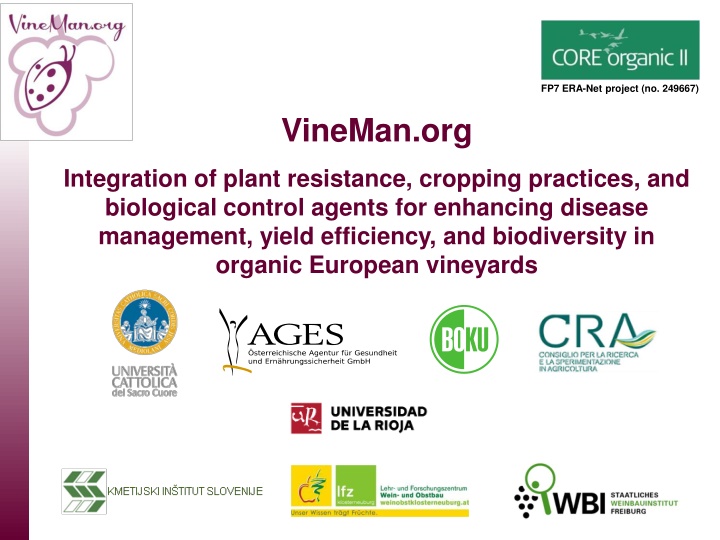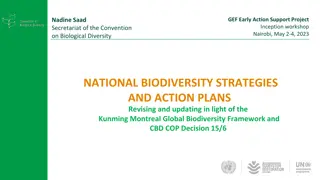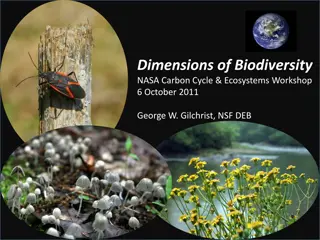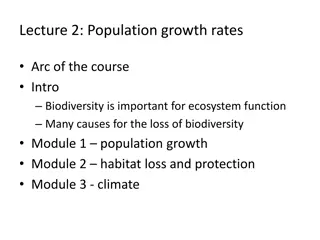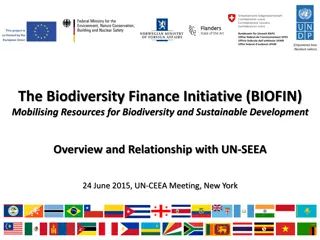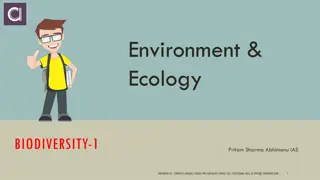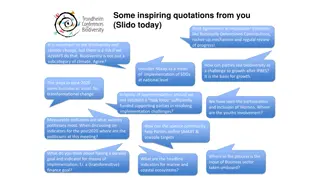Enhancing Disease Management and Biodiversity in European Vineyards
The VineMan.org project aims to improve disease control, enhance grape production, reduce mycotoxin contamination, increase microbial biodiversity, and minimize environmental impact in organic European vineyards. The consortium includes various research institutions working on innovative cropping systems based on plant resistance, disease models, biocontrol agents, and canopy management. Recommendations for end-users include specific practices to optimize disease management and maximize grape yield efficiency.
Download Presentation

Please find below an Image/Link to download the presentation.
The content on the website is provided AS IS for your information and personal use only. It may not be sold, licensed, or shared on other websites without obtaining consent from the author.If you encounter any issues during the download, it is possible that the publisher has removed the file from their server.
You are allowed to download the files provided on this website for personal or commercial use, subject to the condition that they are used lawfully. All files are the property of their respective owners.
The content on the website is provided AS IS for your information and personal use only. It may not be sold, licensed, or shared on other websites without obtaining consent from the author.
E N D
Presentation Transcript
FP7 ERA-Net project (no. 249667) VineMan.org Integration of plant resistance, cropping practices, and biological control agents for enhancing disease management, yield efficiency, and biodiversity in organic European vineyards
The Consortium Universit Cattolica del Sacro Cuore (UCSC) Italy Agricultural Research Council (CRA-VIC) Italy AGES - Institute of Plant Health (IPGH) Austria Staatliches Weinbauinstitut (SWI) Germany Universidad de La Rioja (UDLR) Spain Agricultural Institute of Slovenia (KIS) Slovenia Education and research centre for enology and pomology (LFZ) Austria University of Natural Resources and Life Sciences (BOKU) Austria
Aim improve control of key plant diseases enhance grape production reduce mycotoxin contamination increase microbial biodiversity minimize the environmental impact develop innovative cropping systems for managing organic vineyards able to: Design How through a design- assessment- adjustment cycle Evaluate Develop Test
The innovative cropping systems based on: Plant resistance Disease models Biocontrol agents Canopy management
Recommendations to end-users Perform leaf removal at pre flowering stage on varieties with very compact clusters Use epidemiological models to better schedule treatments against downy and powdery mildew Do not mix the BCA Botector, Serenade and AQ10 with copper A possible bio control strategy for the larvae of Scaphoideus titanus could be the use of Mycotal
